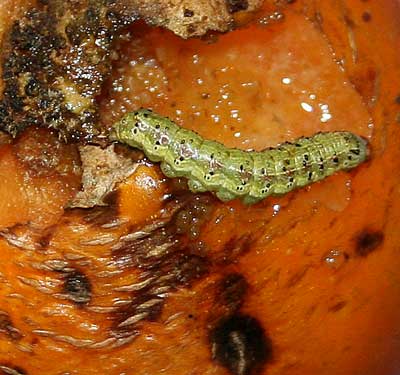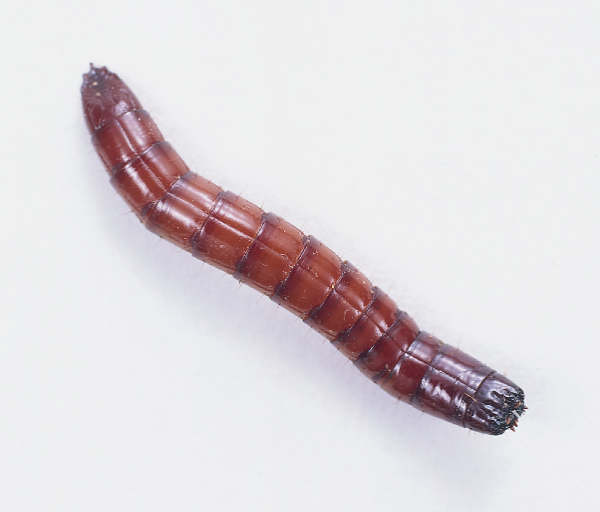Name
Thumbnails
(click to enlarge)
Plant injury
Sampling method & economic threshold (ET)
- Record the number of leaves with wingless or nonmigratory aphids present.
- Watch for ant and ladybeetle populations on plants as a sign of infestation.
- ET = 50% leaves have aphid in any plant stage (UK)
- Estimate the level of defoliation (shot-holes) on 10 plants
- Sample adults with sweep net during mid-morning hours (when beetles come up to bask in the sunlight) and relate it with foliar injury
- Observe natural enemy populations in field (e.g., bigeyed bug) - abundance of these predators could indicate pest population.
- ET = 5-10% foliar injury early in season (UGA), 25-30% foliar injury in midseason (UK)
- Beetle injury first appears on field margins in the form leaf skeletonization.
- Scout more intensely in short crop (<6 to 10 inches)
- Adult beetles and larvae are easily seen on plants. Estimate number of insects on 10 plants at each location.
- ET = 5 beetles per 10 plant in short crop (UK) or 10% defoliation (UGA)
- Pheromone traps can be used to monitor moths. Pheromone traps do not indicate actual crop injury, but can indicate the suitable time of control of this insect.
- Scout for egg masses or larvae during fruit set. Larvae have four pairs of prolegs and feed near the top of fruit..
- ET = 7 moths/pheromone trap or eggs present on foliage (UK). Threat is high if fresh feeding damage occurs 1 per plant at green fruit stage.
- Try using a sweep net to catch adults mid-morning
- Scout intensively when fruit formation begins. Count insects on 10 plants randomly across a field. Sample more plants in large fields (>10 acres). On green fruits, black specks could indicate stink bug injury.
- ET = 0.25 stink bugs per 10 plants at green fruit stage (UK)
- Study the leaves directly from 10 plants per location and look for larvae (cabbage looper larvae have two pairs of abdominal prolegs)
- Look for fecal pellets on leaves.
- ET = 5 looper larvae per 10 plants at any plant stage (UK), or defoliation greater than 20%
- Deploy germinating seed bait stations (wheat-corn mixture) at several locations in fields with a history of wireworm attack.
- Use soil cores (sample around small tomato seedlings/transplants), and wash the dirt to recover larvae. Use larval size and number as an indicator of life stage and insect pressure.
- ET = 1 wireworm per seed bait (average from several baits across a field)

